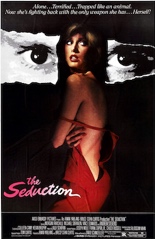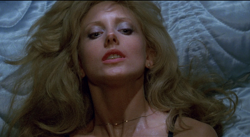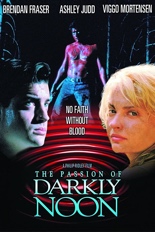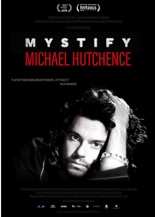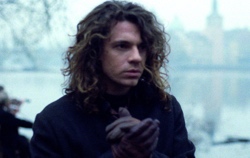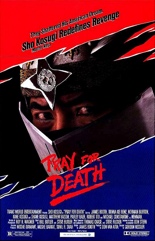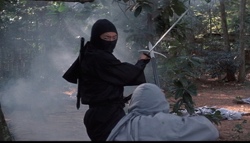
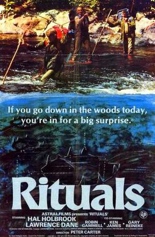 Rituals is Canada’s answer to Deliverance. Therefore, this is the weekend they didn’t play ice hockey.
Rituals is Canada’s answer to Deliverance. Therefore, this is the weekend they didn’t play ice hockey.
Or go curling. Up to you.
Maple-flavored stereotypes aside, Peter Carter’s film follows five surgeons in matching terrycloth fishing hats. They helicopter in to a forest for a weekend of roughing it — and certainly get just that. When their boots disappear overnight, followed by a beehive ambush and more playing-for-keeps activity, it becomes clear someone — or something — is trying to kill them … and does.
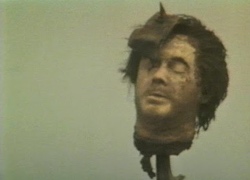 The great Hal Holbrook (Creepshow) serves as the Voice of Reason among the tortured crew, right from his opening-scene inquiry of “Is it ethical?” Despite him asking that during his unlikable colleagues’ breakfast discussion of penile-enhancement surgery — complete with X-rays! — those three words ring throughout as Rituals’ theme, especially when the doctors’ common, credulity-stretching thread comes to light. Let’s just say their antagonist has unrivaled organizational skills (and could forge a successful career as an event planner, if only he didn’t look like Chris Elliott in Scary Movie 2).
The great Hal Holbrook (Creepshow) serves as the Voice of Reason among the tortured crew, right from his opening-scene inquiry of “Is it ethical?” Despite him asking that during his unlikable colleagues’ breakfast discussion of penile-enhancement surgery — complete with X-rays! — those three words ring throughout as Rituals’ theme, especially when the doctors’ common, credulity-stretching thread comes to light. Let’s just say their antagonist has unrivaled organizational skills (and could forge a successful career as an event planner, if only he didn’t look like Chris Elliott in Scary Movie 2).
Rituals has its freeze-dried, alcohol-doused, head-on-a-stick moments. What it doesn’t have is the power to keep one engrossed for the whole of the trip. Repetition becomes the doctors’ sixth unofficial member of the group — or fifth or fourth and so on, if you want to adjust the number in real time. One physician’s tearful, on-the-fly eulogizing of another is odd, to say the least: “He was a boob … such a gentle boob.” Rituals isn’t always gentle, especially in its cabin-set climax, but lacks the sphincter-clutching suspense of other, better wilderness horrors. —Rod Lott


